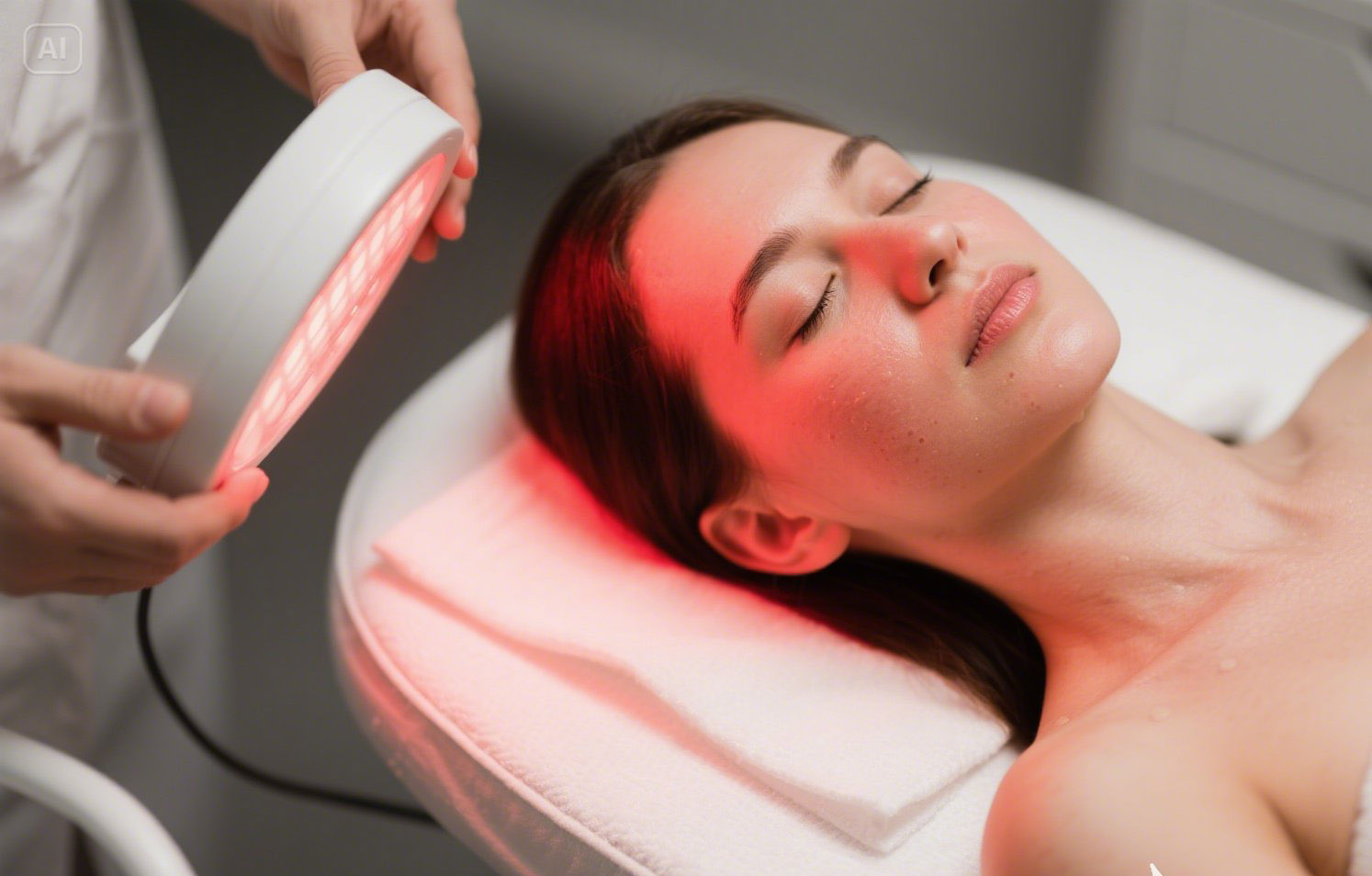Acne is a common skin condition that affects millions of people worldwide. While there are numerous treatments available—ranging from topical creams to oral medications—many individuals seek alternative therapies that are gentle yet effective. One such treatment gaining popularity is red light therapy (RLT). This non-invasive approach uses low-wavelength red light to reduce inflammation, promote healing, and improve skin health. In this article, we will explore how red light therapy works for acne, its benefits, scientific evidence, and how to use it effectively.
How Does Red Light Therapy Work for Acne?
Red light therapy operates by emitting specific wavelengths of light (typically between 630-700 nanometers) that penetrate the skin’s layers. Unlike ultraviolet (UV) light, which can damage the skin, red light is safe and does not cause burns or long-term harm. The mechanism behind RLT’s effectiveness for acne involves several key processes:
- Reducing Inflammation – Acne is often associated with inflammation, leading to redness, swelling, and pain. Red light therapy helps by decreasing pro-inflammatory cytokines and increasing anti-inflammatory responses, calming irritated skin.
- Promoting Healing and Collagen Production – RLT stimulates fibroblasts, the cells responsible for collagen production. Increased collagen helps repair damaged skin and reduces the appearance of acne scars over time.
- Decreasing Sebum Production – Excess sebum (oil) production is a major contributor to acne. Some studies suggest that red light therapy may help regulate sebum secretion, preventing clogged pores.
- Killing Acne-Causing Bacteria – While blue light is more commonly known for its antibacterial effects against Propionibacterium acnes (the bacteria linked to acne), red light also has mild antimicrobial properties and enhances the skin’s natural defenses.
Scientific Evidence Supporting Red Light Therapy for Acne
Several clinical studies have investigated the effects of red light therapy on acne:
- A 2013 study published in the Journal of Cosmetic and Laser Therapy found that participants who used red light therapy twice a week for four weeks experienced a significant reduction in inflammatory acne lesions.
- Another 2014 study in Photomedicine and Laser Surgery reported that combining red and blue light therapy led to a 77% improvement in acne severity after 12 weeks.
- Research in Dermatologic Surgery (2016) demonstrated that red light therapy not only reduced active acne but also improved post-inflammatory hyperpigmentation and scarring.
While more large-scale studies are needed, current evidence suggests that red light therapy can be a valuable addition to acne treatment regimens.
Benefits of Red Light Therapy for Acne
- Non-Invasive and Painless – Unlike chemical peels or laser treatments, RLT is gentle and does not cause discomfort or downtime.
- No Side Effects – When used correctly, red light therapy does not cause dryness, peeling, or irritation, making it suitable for sensitive skin.
- Improves Overall Skin Health – Beyond acne, RLT enhances skin tone, reduces wrinkles, and accelerates wound healing.
- Can Be Used Alongside Other Treatments – It complements topical treatments (like benzoyl peroxide or retinoids) without causing adverse reactions.
How to Use Red Light Therapy for Acne
Red light therapy can be administered through professional dermatological devices or at-home LED masks and panels. Here’s how to incorporate it into your skincare routine:
- Cleanse Your Skin – Start with a clean, makeup-free face to ensure optimal light absorption.
- Use the Device as Directed – Most at-home devices recommend sessions of 10-20 minutes, 3-5 times per week.
- Be Consistent – Results may take several weeks to become noticeable, so regular use is key.
- Combine with Other Treatments (Optional) – For enhanced results, some people alternate red light with blue light therapy or use it alongside serums containing niacinamide or hyaluronic acid.
Potential Limitations
While red light therapy is promising, it may not work for everyone. Severe cystic acne might require stronger medical treatments, such as oral antibiotics or isotretinoin. Additionally, results vary depending on skin type, acne severity, and device quality.
Conclusion
Red light therapy offers a safe, non-invasive, and scientifically supported option for managing acne. By reducing inflammation, promoting skin repair, and improving overall complexion, it serves as an excellent alternative or complementary treatment. If you struggle with persistent acne and are looking for a gentle yet effective solution, red light therapy may be worth exploring. Always consult a dermatologist before starting any new treatment to ensure it’s suitable for your skin.
Would you like recommendations for specific red light therapy devices or additional tips on maximizing results? Let me know how I can further assist you!

